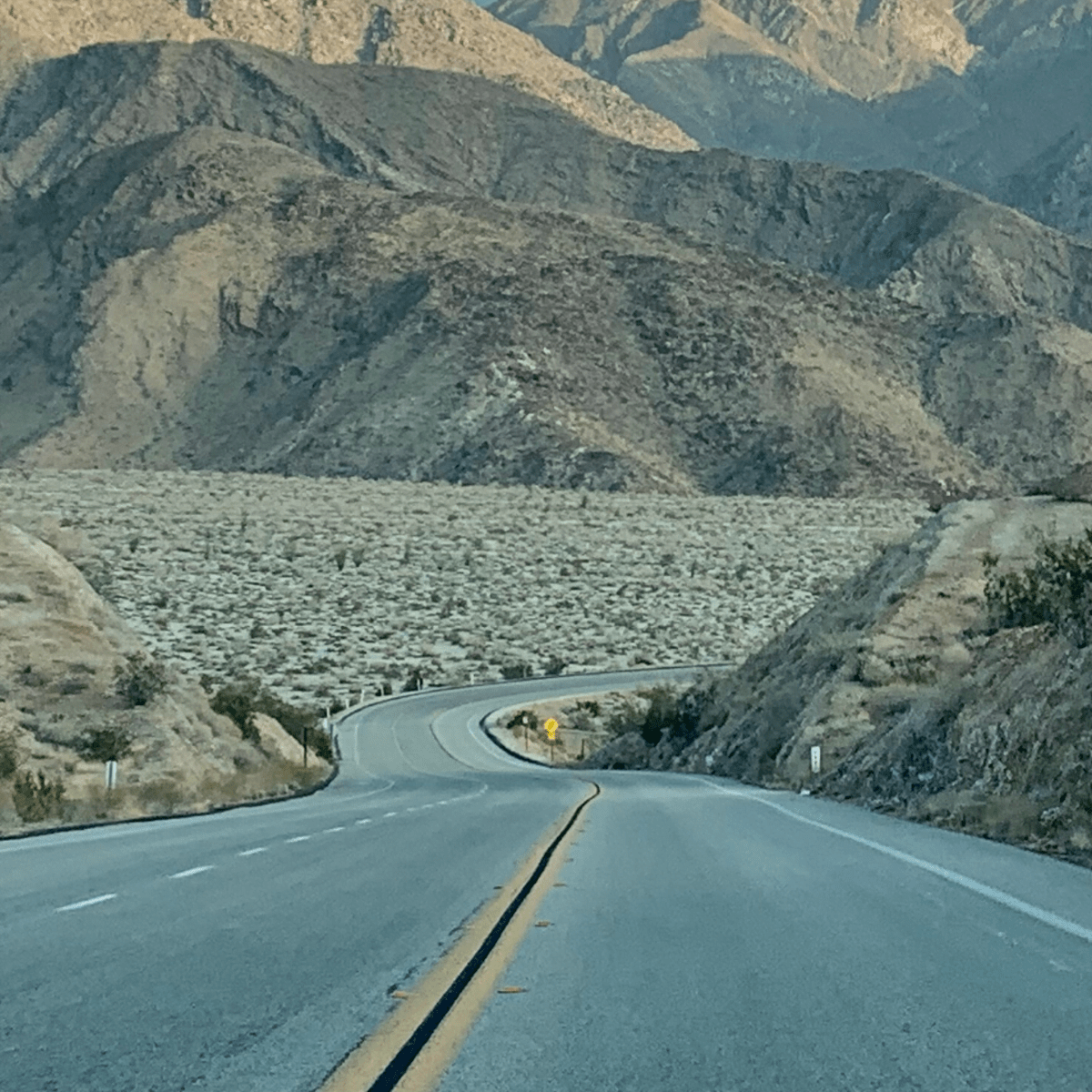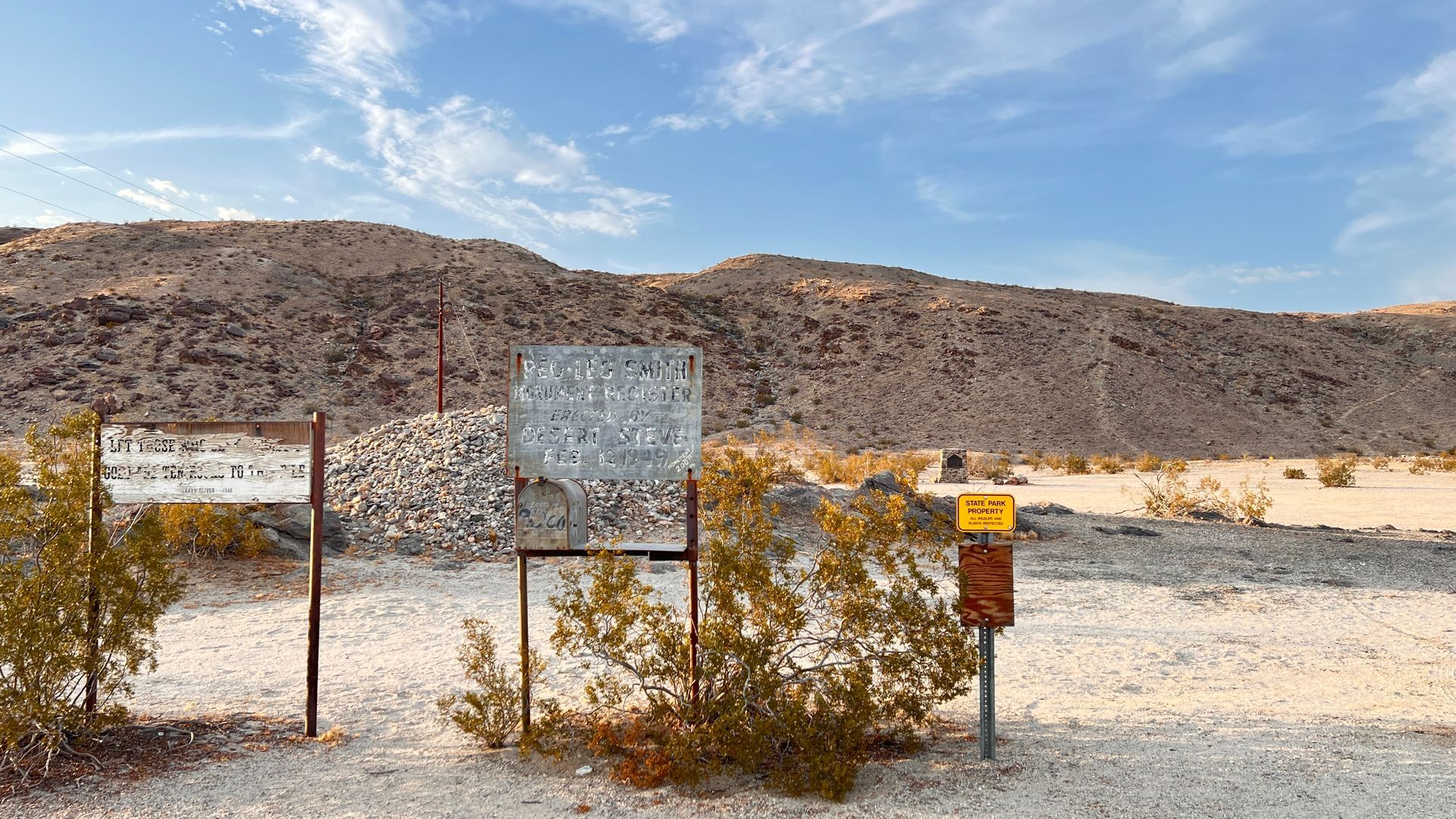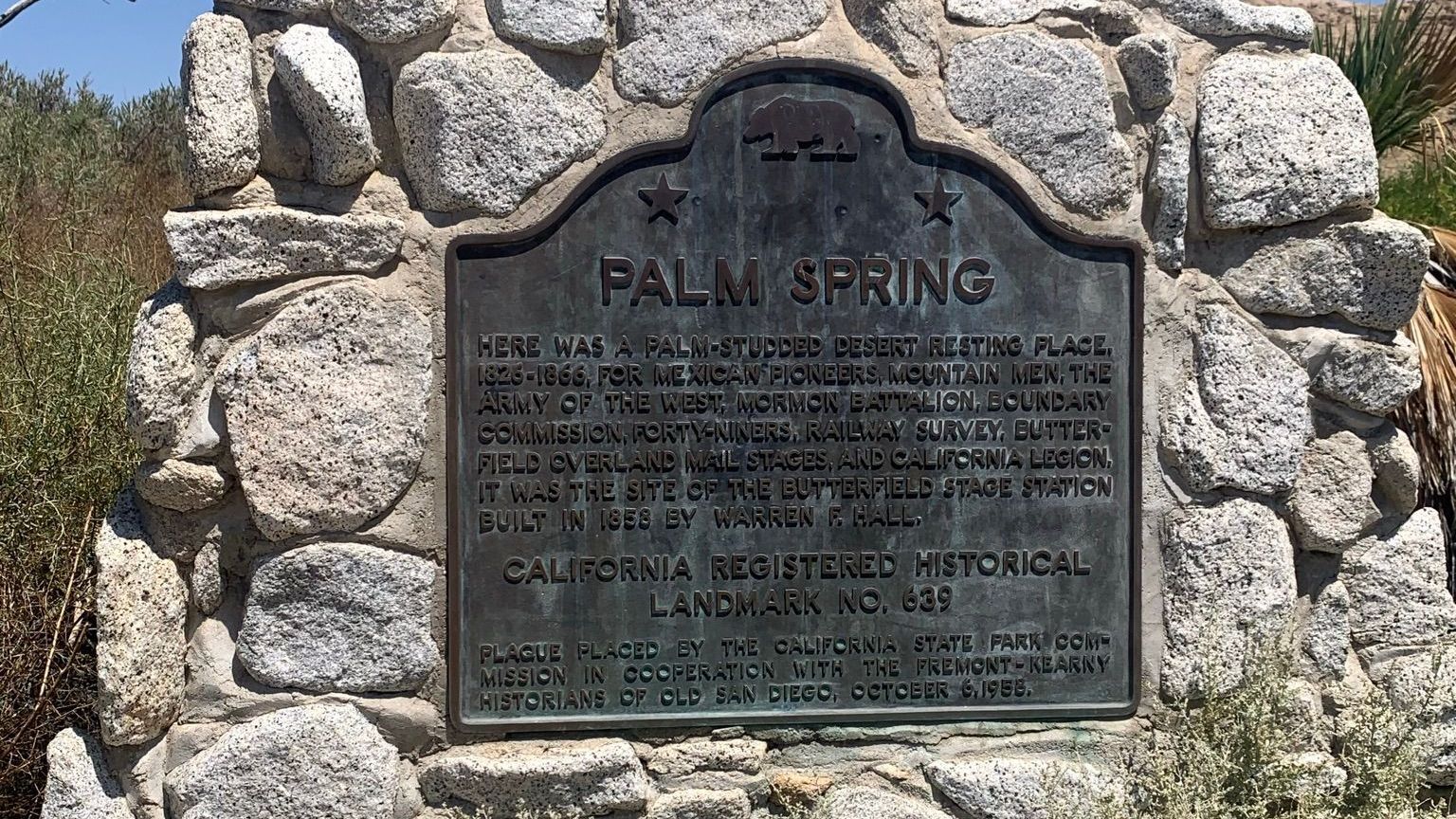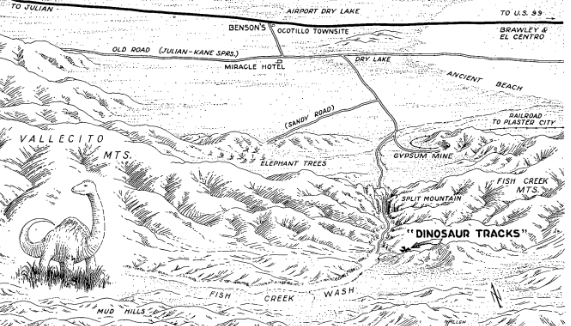Discovering the Remains of an Ancient Era in Southern California’s Deserts
Share

Anza-Borrego Desert State Park is renowned for its diverse range of wildlife, but few visitors realize that the park is also home to some of the most remarkable fossil finds in California. One of the most significant discoveries in recent years is the evidence of mammoths that once roamed the region.
Exploring the Remains of California’s Giant Herbivores
Mammoths are an iconic species of the Pleistocene Era and were a common sight across North America over 10,000 years ago. These giant herbivores played a vital role in shaping the landscapes of the region and their remains provide valuable insights into the changing climates and environments of the past.
In Anza-Borrego Desert State Park, paleontologists have uncovered evidence of at least two species of mammoths, the imperial mammoth and the pygmy mammoth. These fascinating creatures lived in the area during the last ice age and were well adapted to the desert climate, able to find sustenance in the limited vegetation available.
Preserving the Past for Future Generations
Today, visitors to the park can see some of the fossil remains of these mammoths, including partial skeletons and tusks, at the Anza-Borrego Desert State Park Visitor Center. These displays provide a unique opportunity to learn about the prehistoric history of the region and the importance of preserving these remains for future generations.
In conclusion, the discovery of mammoths in Anza-Borrego Desert State Park highlights the significance of this area for paleontological research and the role it plays in helping us to understand the history of life on Earth. Whether you are a scientist, a history buff, or simply a nature lover, this is a site that should not be missed.







